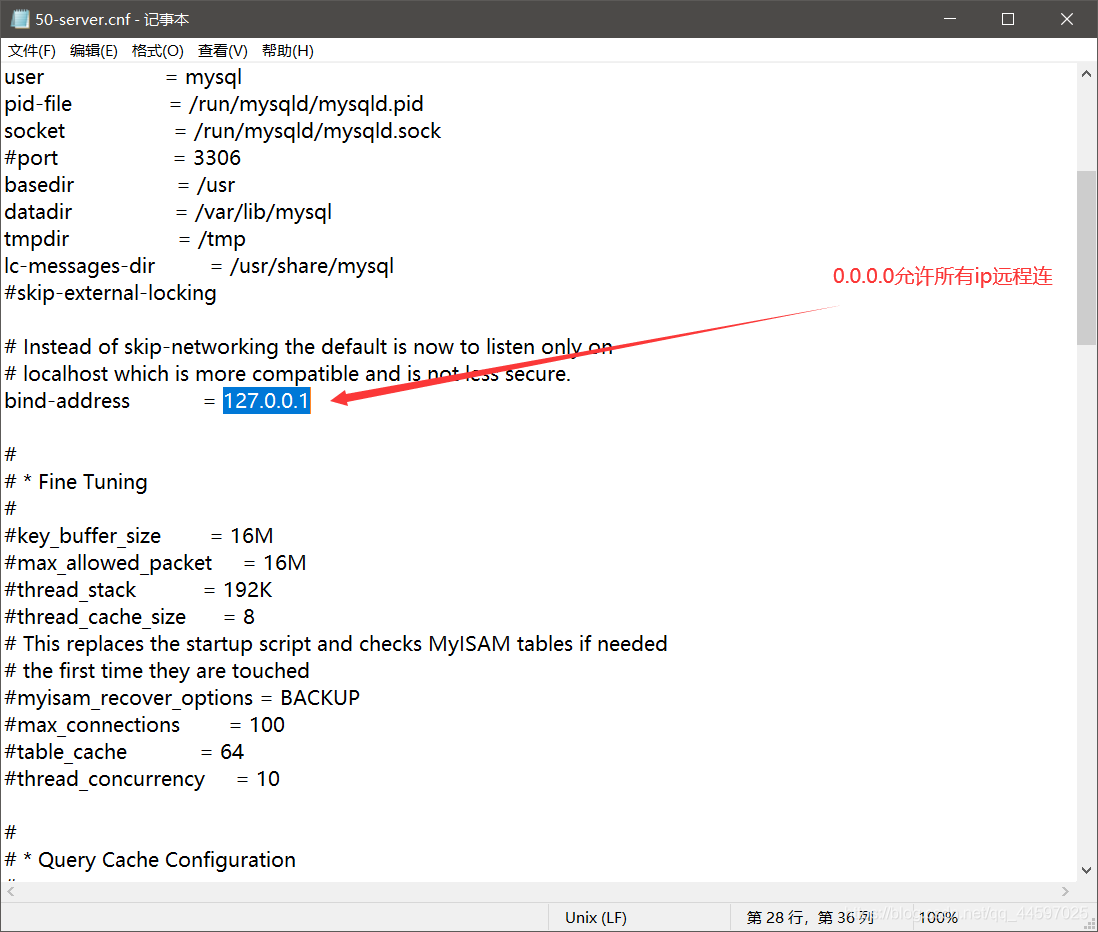
- INSTALL PHPMYADMIN NGINX HOW TO
- INSTALL PHPMYADMIN NGINX INSTALL
- INSTALL PHPMYADMIN NGINX UPDATE
- INSTALL PHPMYADMIN NGINX PASSWORD
- INSTALL PHPMYADMIN NGINX ZIP
Fail2ban can monitor your server logs and block IP addresses that are making repeated failed login attempts.
INSTALL PHPMYADMIN NGINX ZIP
PHP version 7.1.3 or newer, with session support, the Standard PHP Library (SPL) extension, JSON support, and mbstring, zip and GD2 extension.
INSTALL PHPMYADMIN NGINX PASSWORD

This can be done using Nginx’s allow and deny directives. Restrict access to PHPMyAdmin to specific IP addresses or networks.This will help prevent eavesdropping and man-in-the-middle attacks.
INSTALL PHPMYADMIN NGINX INSTALL
INSTALL PHPMYADMIN NGINX HOW TO
As were using Nginx, we should just press tab and after ok and then go. In this tutorial, we will show you how to install Varnish cache and phpMyAdmin on a CentOS 7 VPS with Nginx, MariaDB and PHP-FPM. You will need to skip selecting any web server by pressing TAB to highlight then press ENTER to continue the installation process.įor the dbconfig-common prompt, Select Yes to set up the database Youll be prompted to choose a web server to configure. The installation script will ask whether to use apache or lighthttpd as web server.
INSTALL PHPMYADMIN NGINX UPDATE
sudo apt update sudo apt install phpmyadmin php-mbstring php-zip php-gd php-json php-curl We will start by refreshing the package repository, then install phpmyadmin along with the php modules. Install phpMyAdmin on Ubuntu 22.04 for nginx We will cover post-configuration for nginx web server. If you are on a fresh Ubuntu installation, you can install LEMP stack first before continue to the guide. This guide will help you to install phpMyAdmin on your ubuntu server with the best practices by the developer community. PhpMyAdmin is the most popular for MySQL database management system. As of this writing, only a few database administrator applications are available to provide a web interface. Then create symbolic link (symlink) with your web root directory $ ln -s /usr/share/phpMyAdmin /usr/share/nginx/html 6.While MySQL prompt is used and recommended by the developer community for database administration, most people prefer a graphical user interface over the old school command line prompt. NOTE: make sure the value for fastcgi_pass 127.0.0.1:9000 matches your PHP-FPM configuration.

# redirect server error pages to the static page /50x.html Server_name access_log /var/log/nginx/ Įrror_log /var/log/nginx/ įastcgi_param SCRIPT_FILENAME $document_root$fastcgi_script_name #listen :80 default ipv6only=on # listen for ipv6 # Default ServerBlock Configuration (Please don't alter these files manually)

Like this one… $ nano /etc/nginx/conf.d/nf After that, we need to create default serverblock inside conf.d Nginx directory.


 0 kommentar(er)
0 kommentar(er)
